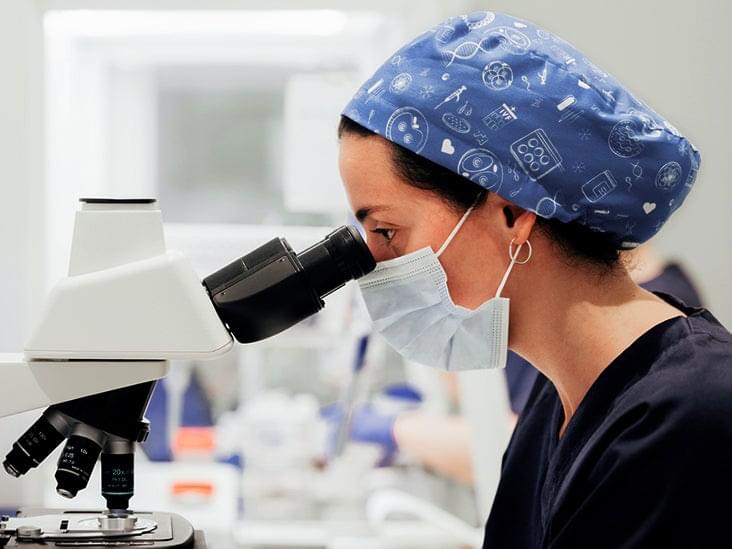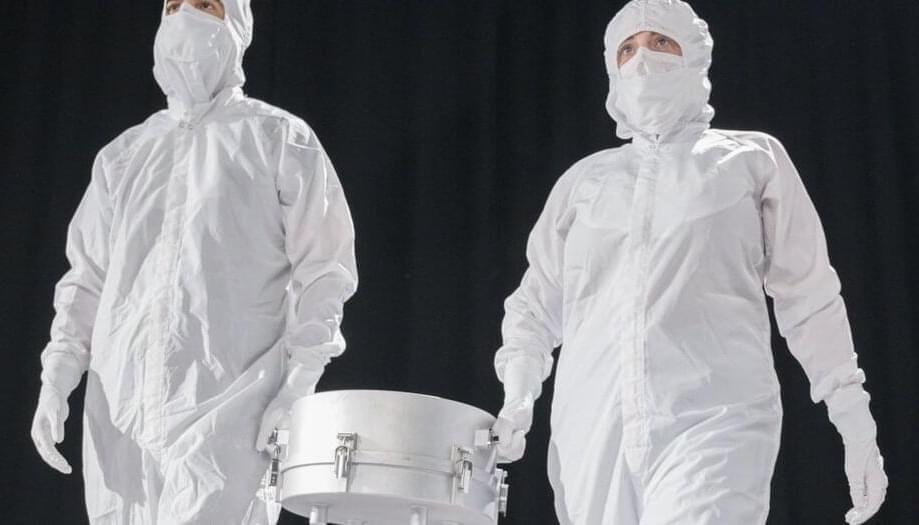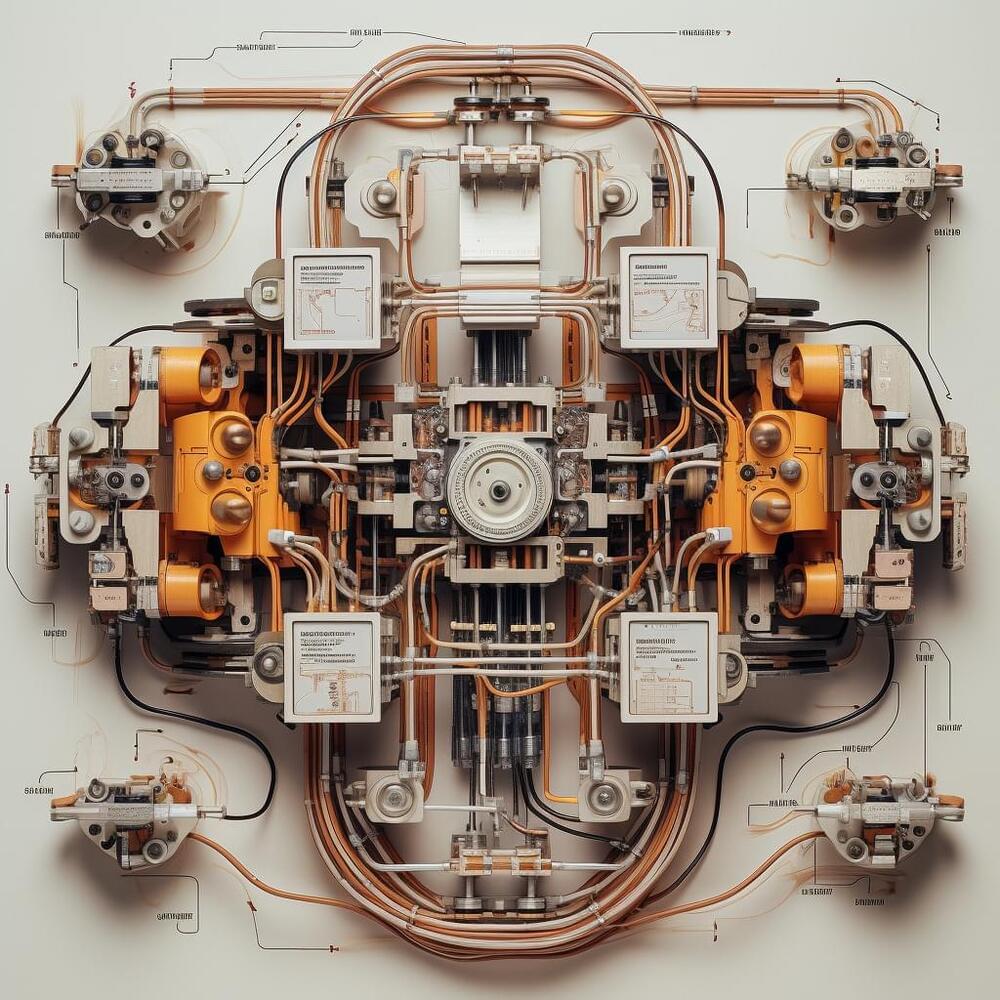#evolution.
Promptbreeder is a self-improving self-referential system for automated prompt engineering. Give it a task description and a dataset, and it will automatically come up with appropriate prompts for the task. This is achieved by an evolutionary algorithm where not only the prompts, but also the mutation-prompts are improved over time in a population-based, diversity-focused approach.
OUTLINE:
0:00 — Introduction.
2:10 — From manual to automated prompt engineering.
10:40 — How does Promptbreeder work?
21:30 — Mutation operators.
36:00 — Experimental Results.
38:05 — A walk through the appendix.
Paper: https://arxiv.org/abs/2309.
Abstract:
Popular prompt strategies like Chain-of-Thought Prompting can dramatically improve the reasoning abilities of Large Language Models (LLMs) in various domains. However, such hand-crafted prompt-strategies are often sub-optimal. In this paper, we present Promptbreeder, a general-purpose self-referential self-improvement mechanism that evolves and adapts prompts for a given domain. Driven by an LLM, Promptbreeder mutates a population of task-prompts, and subsequently evaluates them for fitness on a training set. Crucially, the mutation of these task-prompts is governed by mutation-prompts that the LLM generates and improves throughout evolution in a self-referential way. That is, Promptbreeder is not just improving task-prompts, but it is also improving the mutationprompts that improve these task-prompts. Promptbreeder outperforms state-of-the-art prompt strategies such as Chain-of-Thought and Plan-and-Solve Prompting on commonly used arithmetic and commonsense reasoning benchmarks. Furthermore, Promptbreeder is able to evolve intricate task-prompts for the challenging problem of hate speech classification.
Authors: Chrisantha Fernando, Dylan Banarse, Henryk Michalewski, Simon Osindero, Tim Rocktäschel.








